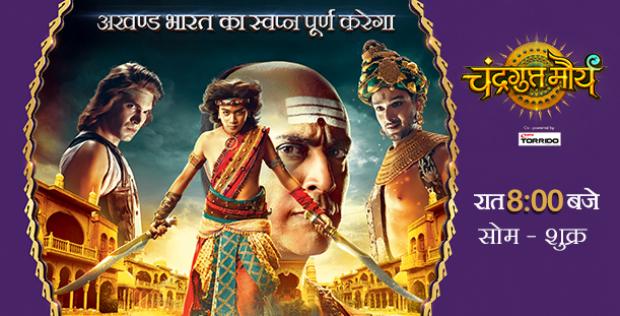


He established a strong central administration patterned after Chanakya’s text on politics, the Arthashastra. The Greek diplomat Megasthenes, who visited the Maurya capital Pataliputra, is an important source of Maurya history.Īfter unifying much of India, Chandragupta and his chief advisor Chanakya passed a series of major economic and political reforms. Chandragupta subsequently married Seleucus's daughter to formalize an alliance and established a policy of friendship with the Hellenistic kingdoms, which stimulated India's trade and contact with the western world. He became well known in the Hellenistic world for conquering Alexander the Great's easternmost satrapies, and for defeating the most powerful of Alexander's successors, Seleucus I Nicator, in battle. In Greek and Latin accounts, Chandragupta is known as Sandrokottos and Androcottus. It was the largest empire yet seen in Indian history. His empire extended from Bengal in the east to Afghanistan and Balochistan in the west, to the Himalayas and Kashmir in the north, and to the Deccan Plateau in the south. Chandragupta succeeded in conquering and subjugating almost all of the Indian subcontinent by the end of his reign, except Tamil Nadu ( Chera, Early Cholas and Early Pandyan Kingdom) and modern-day Odisha ( Kalinga). Prior to his consolidation of power, most of the Indian subcontinent was divided into mahajanapadas, while the Nanda Empire dominated the Indo-Gangetic Plain. Ĭhandragupta Maurya was a pivotal figure in the history of India.

He ruled from 324 BC until his voluntary retirement and abdication in favour of his son, Bindusara, in 297 BC. 297 BC) was the founder of the Maurya Empire and the first emperor to unify most of Greater India into one state. Pataliputra (now in Bihar) ĭurdhara and a daughter of Seleucus I NicatorĬhandragupta Maurya ( IAST: Candragupta Maurya, c.


 0 kommentar(er)
0 kommentar(er)
